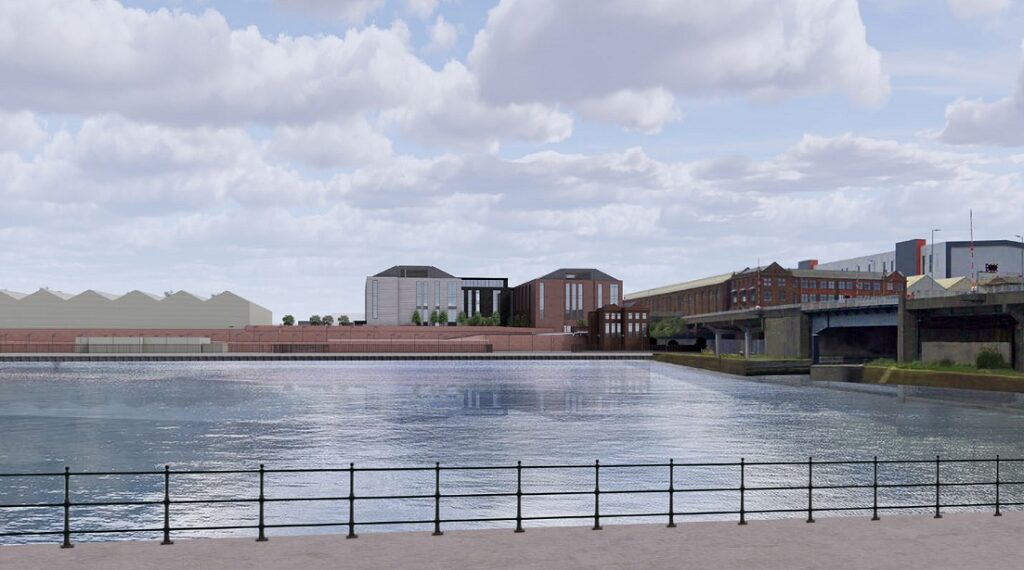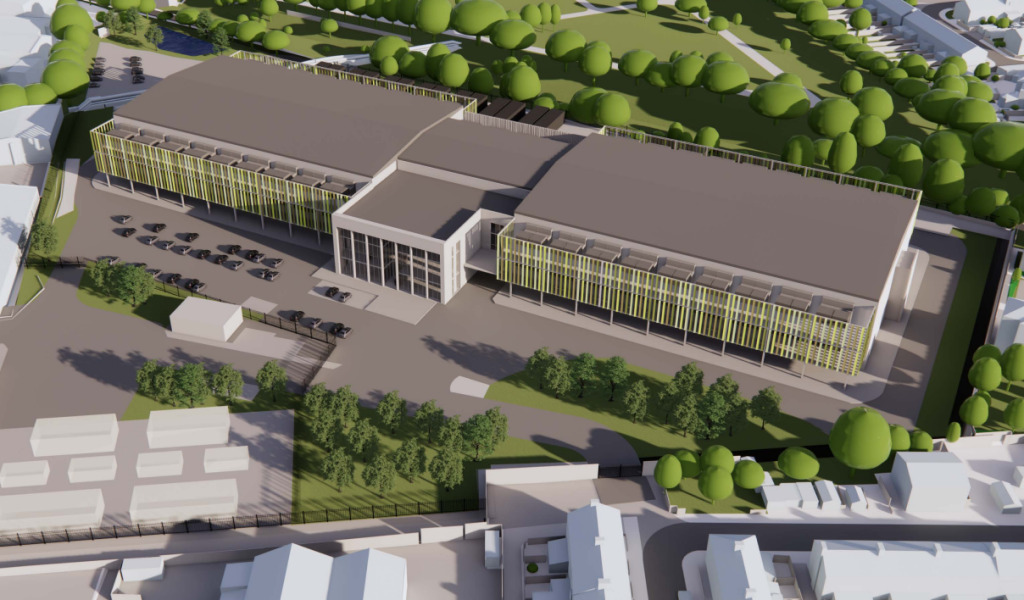CASE STUDY | BMW enjoys ‘vast efficiency’ of digital twin factories
The benefits BMW has seen from starting to scan its car plants have encouraged the motor giant to set a target of early 2023 to have a digital scan of every one of its vehicle plants worldwide, using NavVis and Nvidia systems.
Benefits at a glance
- 10-30% reduction of cost for late changes through reduced planning error
- 10-20% greater efficiency through simplified best-practice sharing between different locations
- 20-40% travel cost reduction for industrial engineers due to remote site visits
Since November 2020, around 4m sq m of indoor and 9m sq m of outdoor space at BMW Group plants have been scanned using wearable mobile mapping system NavVis VLX and drones.
“This opens up entirely new possibilities for us to implement both extensive new planning and smaller-scale remodelling of existing structures in a highly efficient, precise and flexible manner,” says Michele Melchiorre, head of production system, planning, tool shop, plant construction at the BMW Group.
The aim is to make planning and simulation of all processes and the entire production system 100% virtual. Virtualisation takes planning for all processes to a new level, by enabling collaboration in real time between different locations and across different time zones. Alongside data science and artificial intelligence, virtual planning is a core element of digitalisation within the strategic vision of BMW production: the BMW iFACTORY.
“Production planning can integrate the virtual product into the virtual factory at an early stage. This reduces planning effort and capital expenditure and, at the same time, ensures processes are more efficient and more stable during ramp-up,” explains Melchiorre.
For completely new future production structures, the BMW Group will rely on cooperation with Nvidia and its Omniverse software platform.

Patented NavVis mobile mapping technology can capture production assets and factory buildings in a global manufacturing network with unprecedented speed and accuracy. Credit: BMW Group
“We are entering a new dimension of factory planning,” underlines Melchiorre. This means planners can conduct a virtual walk-through of BMW Group plants at any time, from anywhere. They can develop production systems together in the simulated world, compare best practices and share information quickly and easily within the network.
“This forms the basis for planning and developing our new vehicle plant in Debrecen in Hungary,” continues Melchiorre. “Today, around three years before the series launch, we are already able to simulate core processes at our future plant virtually.”
The BMW Group is digitalising its existing plants in cooperation with NavVis. The Munich startup is considered one of the world’s leading providers of technology in the field of reality capture and digital twins. Mobile 3D laser scanners create photorealistic panoramic images, floor plans and scatter plots for all BMW Group vehicle plants, by early 2023, that are accurate down to the last detail, including all building structures, facilities and outdoor areas.
“We are very proud to support BMW Group, one of the major global players in the automotive sector, in the digitization of its production network,” said NavVis CEO Dr. Felix Reinshagen. “Our cooperation demonstrates the importance of digitizing all locations for the BMW iFACTORY, BMW’s strategic vision for their production. As a young Munich-based company, we can play a central role in contributing to the complete digital redesign of international production processes.”
Digital twins are already available for the US plant in Spartanburg, the main plant in Munich and Plant Regensburg. Plants Dingolfing, Leipzig and Tiexi in China will also be captured by September of this year. By spring of 2023, digital data will also be available for the BMW Group plants in Mexico, South Africa, the UK and Dadong, China.

Highly innovative 3D scanning creates photorealistic images of all building structures, facilities and outdoor areas. Credit: BMW Group
The NavVis IVION Enterprise platform will then create a digital image of reality – the Digital Twin – from these huge data volumes. Around 15,000 BMW employees are already working with this data, using a cloud- and web-browser-based software called the BMW Factory Viewer. With the help of this software and with just a few clicks, existing plants can be virtually inspected, specific points in production found via points of interest (POIs) and highly precise measurements carried out.
The system also allows individual sections of the 3D scans to be cut out and made available to external suppliers. This saves time and effort during production planning, improves collaboration with internal and external interfaces and eliminates planning errors. 3D scanning technology also allows both smaller and larger-scale remodelling projects at BMW plants to be transferred quickly and easily to the digital world, using the so-called re-scan process. The company is working in this area on developing its own autonomous scanning robots to keep the digital master data current in the long term, without requiring additional personnel effort. For this purpose, the BMW Group is using in-house solutions, such as the Smart Transport Robot (STR) developed by BMW Group subsidiary IDEALWORKS.
Michele Melchiorre: “Partnerships like those with NVidia and NavVis allow us to combine our pioneering spirit and process know-how with cutting-edge technologies.”
The BMW Group production network comprises 31 production and assembly facilities in 15 countries; the company has a global sales network in more than 140 countries. In 2021, the BMW Group sold over 2.5 million passenger vehicles and more than 194,000 motorcycles worldwide. The profit before tax in the financial year 2021 was € 16.1 billion on revenues amounting to € 111.2 billion. As of 31 December 2021, the BMW Group had a workforce of 118,909 employees.






